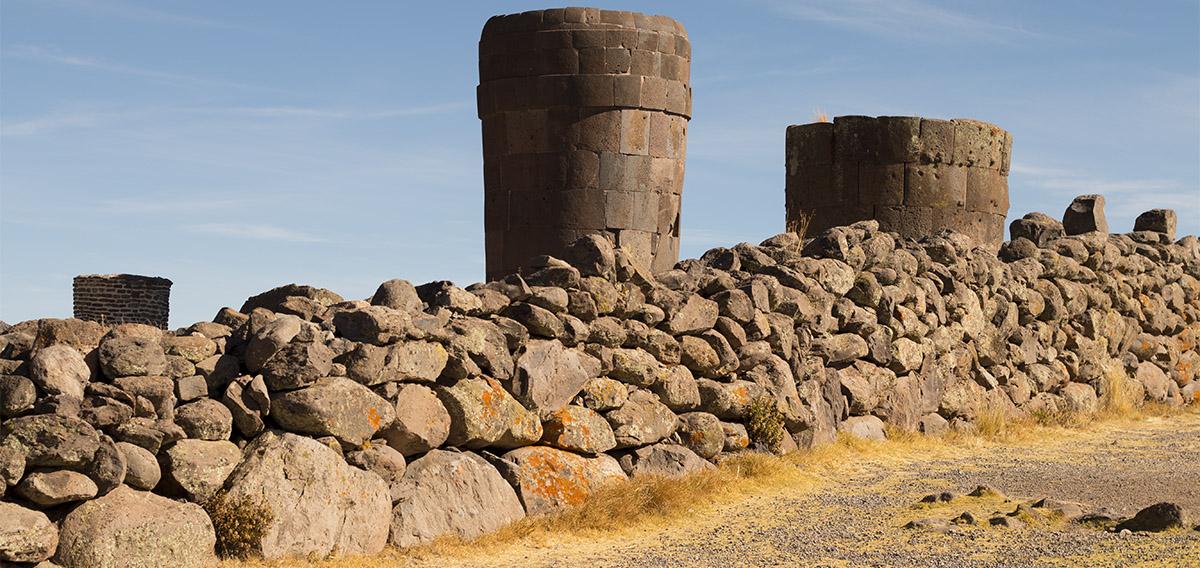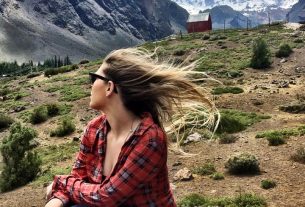It wasn’t just any wake. Only the rich and important people from the Kingdom of Colla were buried in Sillustani. Up to 12 meters high and spherical in shape, the towers functioned as mausoleums. Entire families were buried there, with their bodies always in the fetal position and often accompanied by precious objects that could be useful in the other world. A ramp was built at the foot of each tower – also called chullpas – and the dead entered the mausoleum from above.
The towers were made of overlapping stones, without mortar, and only had a small opening, facing east. This was representative. This is because the dead had direct contact with the sun god, who is reborn from the shadows every day. After the funerary tower was sealed, the mausoleum, located at an altitude of 3900 meters, became the ideal place to mummify bodies, which remained relatively preserved over the centuries.
See too: Peru, far beyond Machu Picchu
Are you going to travel? Travel Insurance is mandatory in dozens of countries and essential for any trip. Don’t be left unprotected in Peru. See how to get the best cost/benefit insurance with our discount code.
Tower with ramp, to simulate what it was like in the Colla era
The Colla dominated a part of the Andes for four centuries, between 1100 and 1450 AD. They were not the first to inhabit and bury their dead there – the Pukara arrived 800 years before Christ and remained for almost 13 centuries. But it was the funerary towers created by the Colla that survived. And, later, those built by the Incas, who annexed the Kingdom of Colla to their empire in the 15th century. It is these ruins that today form one of the most interesting places in Puno, Peru: the Sillustani Archaeological Complex.
Houses with thatched roofs and entrance arches – all with the friendly Torito de Pucará at the top – made it clear that we had entered a special part of the city of Puno, the Atuncolla district. With just 5,000 inhabitants and 34 kilometers from the center, this is a rural area of Puno, where almost 90% of the population lives in the countryside, in small villages and isolated houses. But it wasn’t always like that. Atuncolla was once the capital of the Colla Kingdom. Today, the funerary towers of Sillustani remain as a memory of the grandeur of this pre-Inca people.
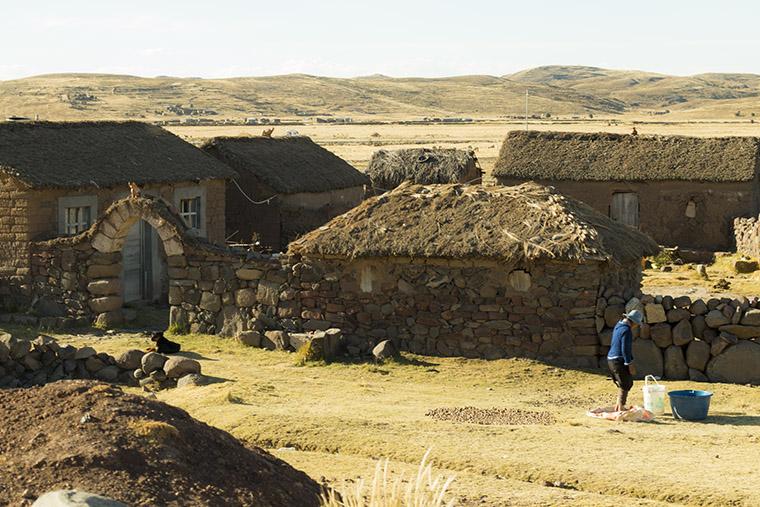
Houses in the Atuncolla district – detail for the Torito de Pucará, at the top of the entrance arch
Our van stopped in the parking lot of the Archaeological Complex. We passed a street full of craft stalls, a cute little church and a village on the banks of a lake. Our destination was up the mountain, a relatively simple walk, but made more difficult by the altitude of almost four thousand meters. We climbed the hill slowly, but it didn’t take long to find the first funeral tower.
See too: How to deal with altitude sickness
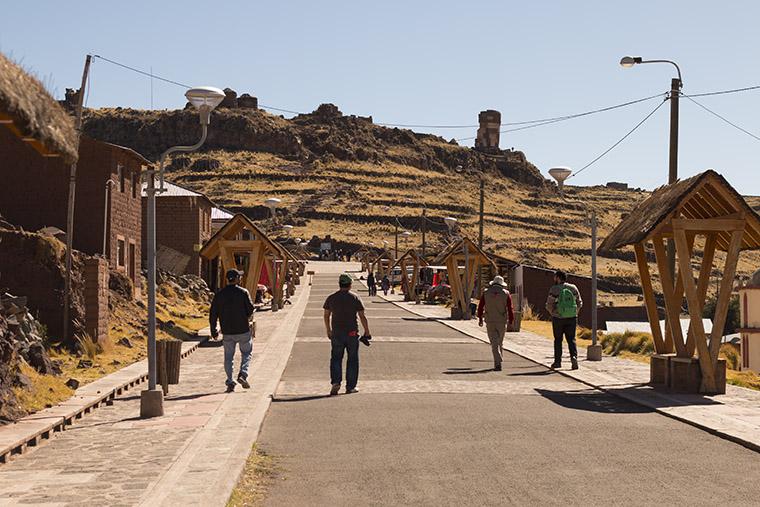
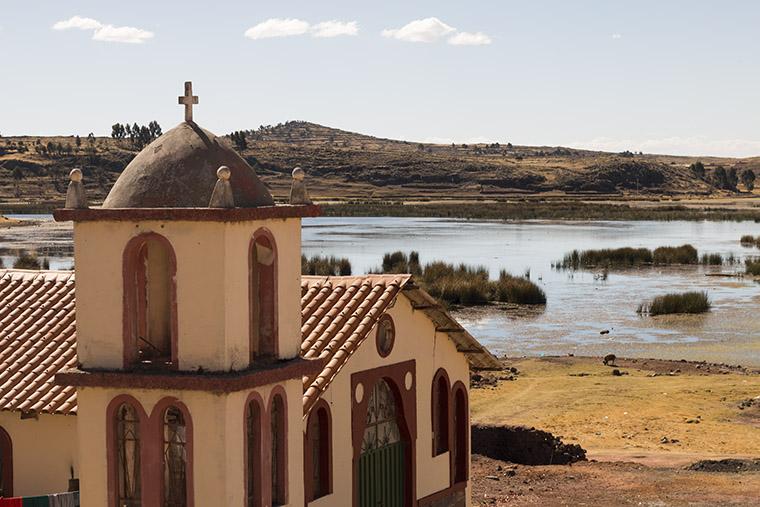
“Many of them were damaged by tomb raiders, who were looking for the precious objects buried there,” explained our guide. The lightning completed the damage, destroying many of the towers. Today, to avoid the problem, the region has several lightning rods.
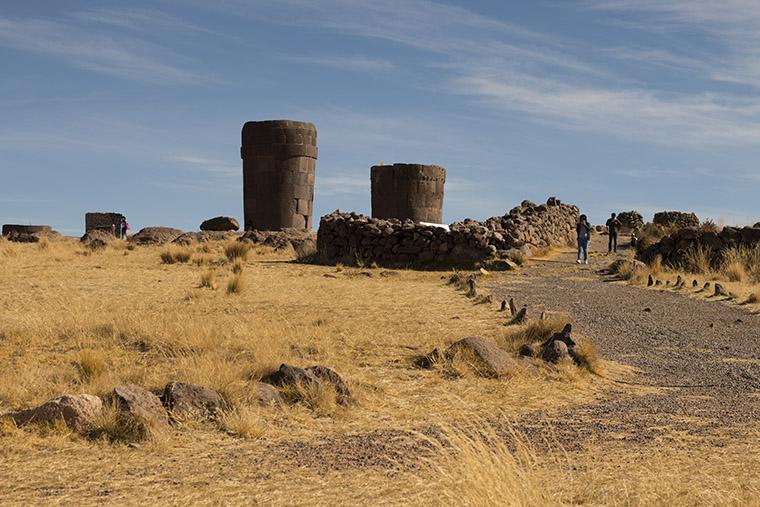
Some of the structures have been reconstructed, to make it clear what the tombs looked like. Others remain half done. The mummies and objects found, when they were not taken by looters, began to occupy museum rooms around the world.
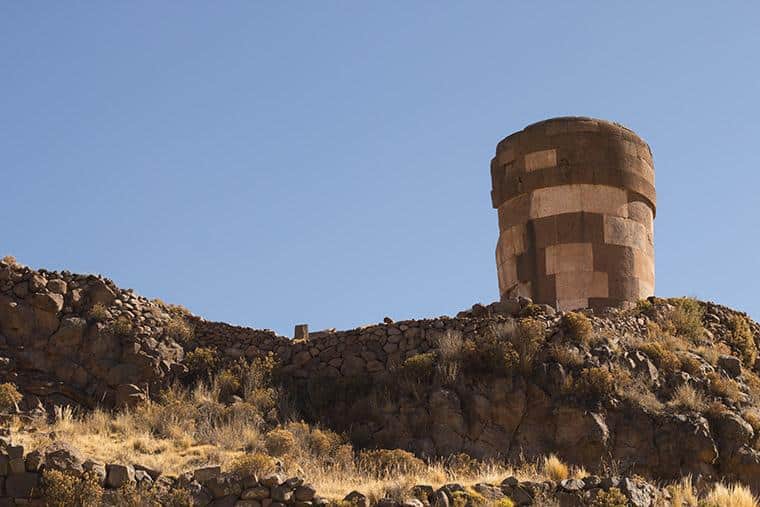
The fit of the stones was perfect and it is easy to see which constructions were redone, due to the mortar. In addition to the towers, the highlight is the landscape, especially when we reach the top of the hill and realize the grandeur of Lake Umayo, which has a huge island in the middle. Located about 20 kilometers from Titicaca, Umayo lives in the shadow of the largest and highest navigable lake in the world. But the scenery is nothing like that of the famous neighbor.
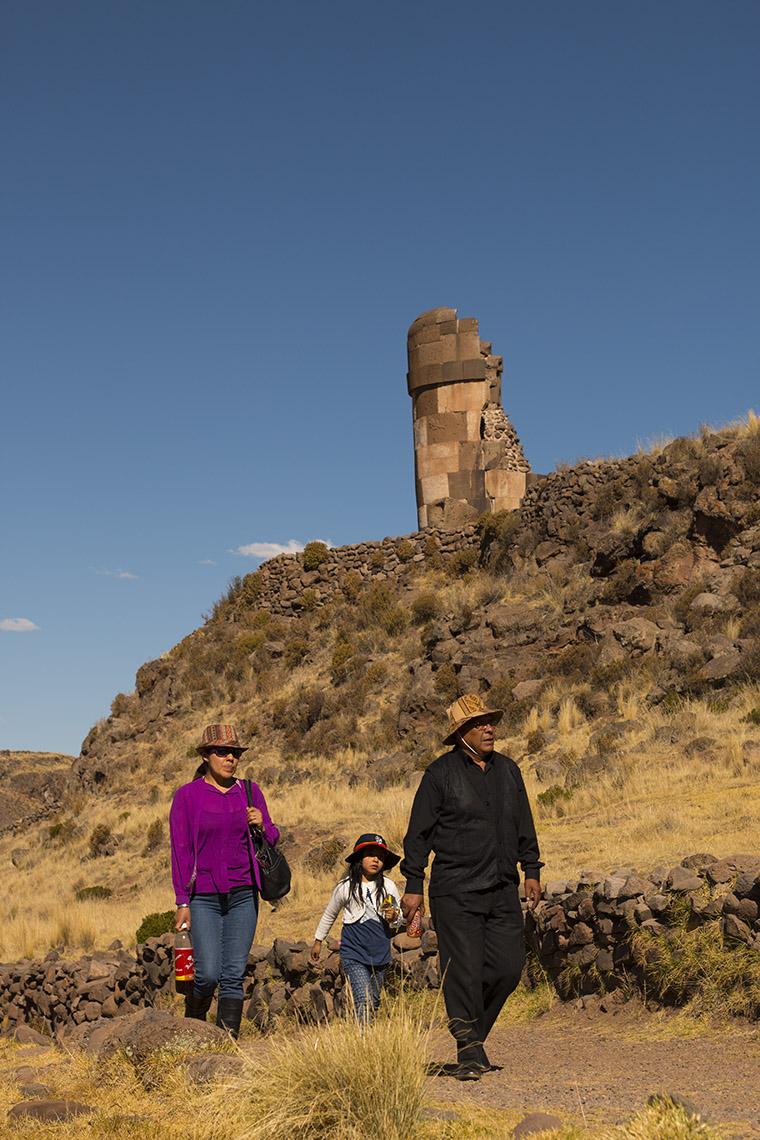
We leave Sillustani and head to the center of Puno, from where we leave for another traditional tour of the city, which visits the Floating Islands of Uros, also inhabited for centuries, and Taquile Island, which to this day retains strong traces of a centuries-old culture. If you pass through Puno, take these island tours, but also be sure to turn your back on Titicaca, hit the road and visit the Sillustani Funeral Towers. The Colla did not choose to bury their dead there by chance.
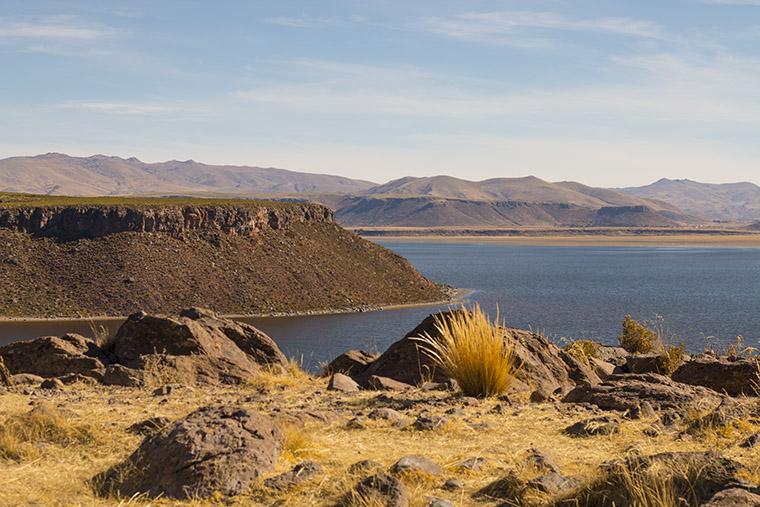
Lago Umayo
Several agencies in Puno offer the tour, which lasts half a day and costs between 30 and 40 soles. You can also go there on your own, taking the buses that connect Puno to Juliaca and stopping along the way, but public transport from the road to Juliaca to the Archaeological Complex is not the best. Another alternative is to arrange a taxi driver, including a waiting time of 1h30, so that you can visit the tombs (and climb the hill) calmly.
*360meridianos traveled to Peru at the invitation of Submarino Viagens and PromPerú.
Sign up for our newsletter

Sign up for our newsletter and stay up to date with exclusive news
that can transform your routine!
Warning: Undefined array key "title" in /home/storelat/public_html/wp-content/plugins/link-whisper-premium/templates/frontend/related-posts.php on line 12
Warning: Undefined array key "title_tag" in /home/storelat/public_html/wp-content/plugins/link-whisper-premium/templates/frontend/related-posts.php on line 13

